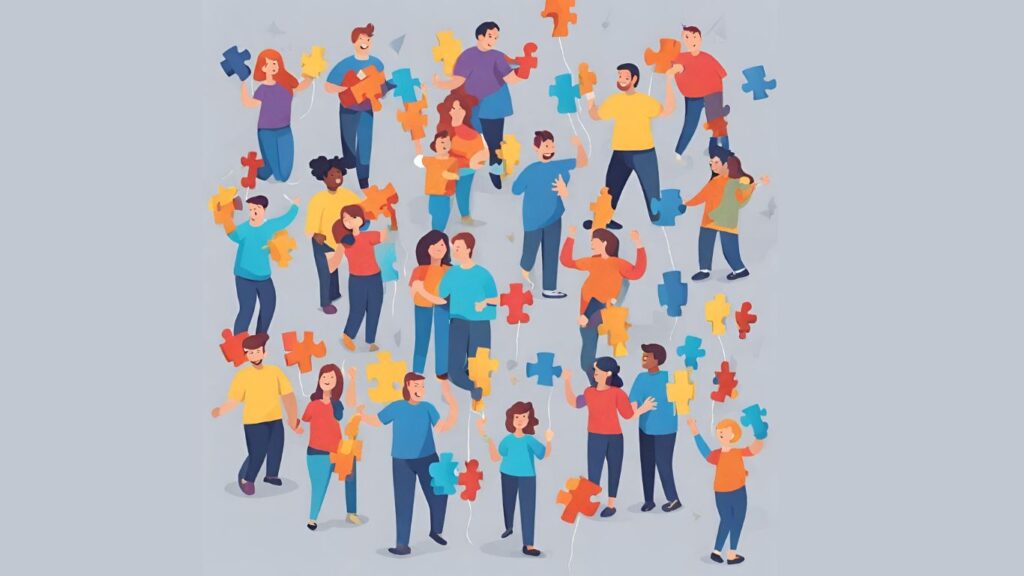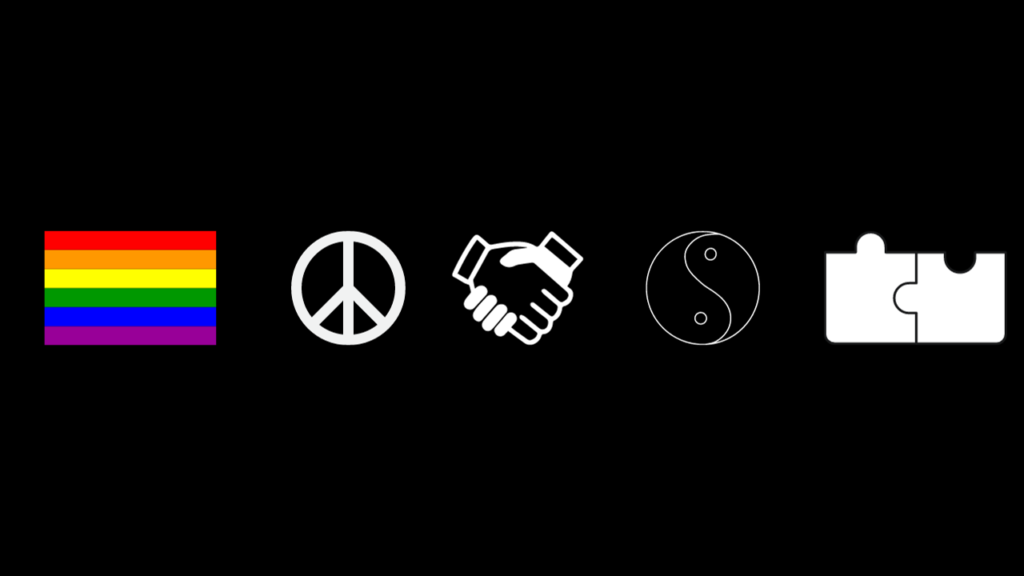Legal Frameworks and Rights
Autistic people face many challenges, including discrimination and lack of access to necessary resources. Legal frameworks and rights play a crucial role in ensuring that autistic individuals are treated fairly and have equal opportunities. This section will explore some of the key legal frameworks and rights that exist to protect the rights of autistic individuals.
International Human Rights Law
International human rights law provides a framework for protecting the rights of all individuals, including those with disabilities. The United Nations Convention on the Rights of Persons with Disabilities (CRPD) is a key international legal instrument that outlines the rights of people with disabilities, including autistic individuals. The CRPD recognizes that people with disabilities have the same human rights as everyone else and that they should be able to exercise these rights without discrimination. Some of the key rights outlined in the CRPD include the right to education, the right to work, and the right to participate in the community.
National Disability Acts and Policies
Many countries have national disability acts and policies that provide legal protections for people with disabilities, including autistic individuals. In the United States, for example, the Americans with Disabilities Act (ADA) prohibits discrimination against people with disabilities in employment, housing, and public accommodations. The ADA also requires employers to provide reasonable accommodations to employees with disabilities. Other countries have similar laws and policies that protect the rights of people with disabilities.
Legal frameworks and rights are essential for ensuring that autistic individuals have access to the resources and opportunities they need to thrive. By recognizing the rights of autistic individuals and providing legal protections against discrimination, we can work towards a more inclusive and equitable society.
Social Inclusion Strategies
Autistic people often face social exclusion, which can lead to feelings of loneliness, depression, and anxiety. To address this issue, various social inclusion strategies have been developed to create a more inclusive society for autistic individuals. This section will discuss two such strategies: Education Inclusion Initiatives and Workplace Accommodations and Hiring Practices.
Education Inclusion Initiatives
Education is one of the most important aspects of a person’s life, and autistic individuals must have access to quality education. To achieve autistic individuals must have been developed that aim to create an inclusive learning environment for all students, including those with autism.
Some of the strategies used in Education Inclusion Initiatives include:
- Providing individualized learning plans that take into account the strengths and weaknesses of each student.
- Creating a supportive and inclusive learning environment promotes acceptance and understanding of neurodiversity.
- Providing training and support for teachers and staff to help them understand the needs of autistic students.
- Encouraging peer support and mentoring programs to help autistic students feel more included and accepted.
Workplace Accommodations and Hiring Practices
Autistic individuals often face challenges in finding and maintaining employment due to their unique needs and abilities. To address this issue, Workplace Accommodations and Hiring Practices have been developed to create a more inclusive workplace for autistic individuals.
Some of the strategies used in Workplace Accommodations and Hiring Practices include:
- Providing accommodations such as flexible work schedules, quiet workspaces, and assistive technology to help autistic employees succeed in the workplace.
- Training managers and co-workers to understand the needs of autistic employees and how to support them effectively.
- Implementing hiring practices that are inclusive of autistic individuals, such as providing alternative interview formats and job descriptions that focus on skills rather than social skills.
- Encouraging diversity and inclusion in the workplace by promoting acceptance and understanding of neurodiversity.
These social inclusion strategies aim to create a more inclusive society for autistic individuals by promoting acceptance, understanding, and support. By implementing these strategies, we can help autistic individuals reach their full potential and lead fulfilling lives.
Community Support and Resources
Autistic individuals often need support and resources to help them navigate their daily lives. Community support and resources can provide valuable assistance to autistic individuals, their families, and caregivers. Here are some examples of community support and resources:
Family and Caregiver Education
Families and caregivers of autistic individuals can benefit from education and training on how to best support their loved ones. Many organizations offer workshops, webinars, and support groups to help families and caregivers learn about autism and how to provide effective support. For example, Autism Speaks offers a variety of resources for families, including online toolkits and a Family Services Resource Guide.
Autism-Friendly Community Programs
Autistic individuals can benefit from participating in community programs that are designed to be inclusive and accommodating. These programs can provide opportunities for socialization, recreation, and skill-building. Some examples of autism-friendly community programs include sensory-friendly movie screenings, adaptive sports programs, and social skills groups. Many organizations offer programs specifically for autistic individuals, such as the Autism Society’s Autism Social Connection program.
Communities need to be inclusive and accommodating to autistic individuals. By providing support and resources, communities can help autistic individuals and their families thrive.
Challenges and Advocacy
Autistic individuals face a multitude of challenges in their daily lives, from difficulties with communication to sensory sensitivities. Unfortunately, these challenges are often compounded by societal stigma and misconceptions about autism. Combatting this stigma and promoting understanding is a crucial aspect of achieving equality for autistic people.
Combatting Stigma and Misconceptions
One of the most significant challenges facing autistic individuals is the widespread misunderstanding and stigmatization of autism. Many people still hold outdated beliefs about autism, such as the idea that it is a disease or a result of poor parenting. These misconceptions can lead to discrimination and exclusion of autistic individuals in education, employment, and social settings.
To combat this stigma, it is essential to promote accurate information about autism and challenge harmful stereotypes. This can be done through public education campaigns, media representation, and advocacy efforts. Autistic self-advocacy groups can also play a crucial role in promoting understanding and acceptance of autism.
Grassroots Movements and Organizational Roles
Grassroots movements and advocacy organizations have played a critical role in advancing the rights and inclusion of autistic individuals. These groups work to raise awareness of the challenges faced by autistic individuals, promote policy changes, and provide support and resources to the autism community.
At the grassroots level, individuals and families can get involved in advocacy efforts by attending rallies, contacting elected officials, and sharing their stories with the media. On a larger scale, national and international organizations such as the Autism Society of America and the Autism Self Advocacy Network work to promote policy changes and provide resources and support to the autism community.
Overall, combating stigma and promoting understanding, as well as advocating for policy changes and providing support, are crucial aspects of achieving equality for autistic individuals. By working together at the grassroots and organizational levels, we can create a more inclusive and accepting society for all.







